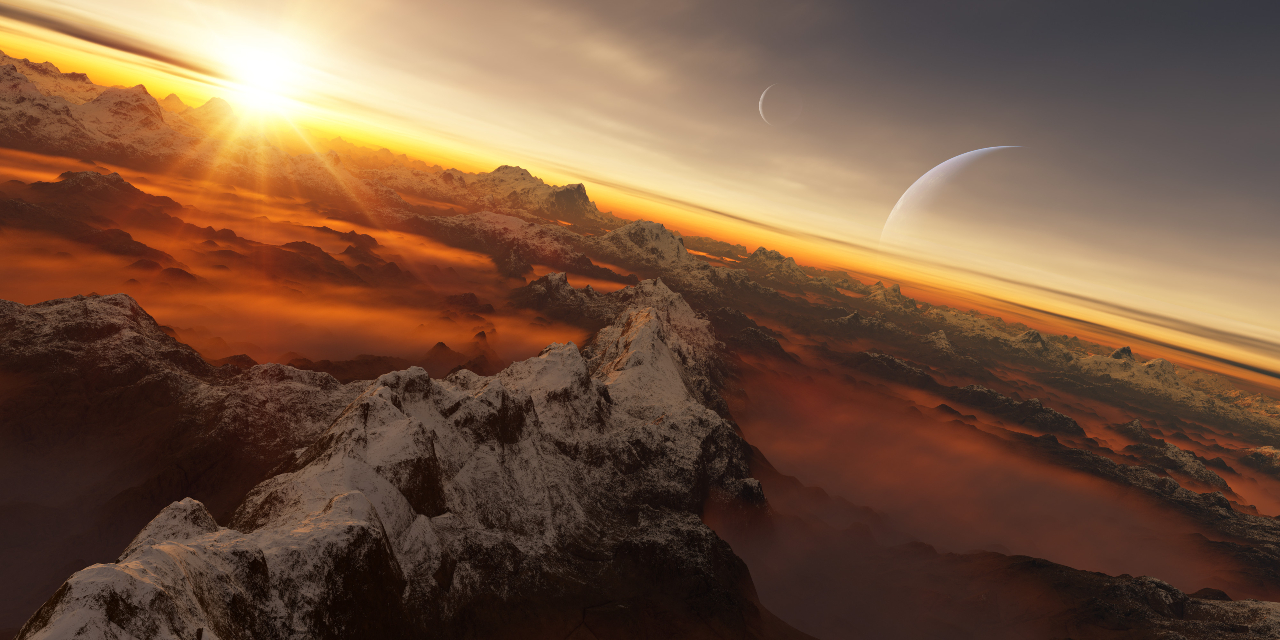A giant planet 344 light-years from Earth and the star it orbits have new names in the Cree language, thanks to a national contest.
The star HD136418 and its exoplanet HD136418b were renamed Nikâwiy (pronounced NI-gah-wee) and Awasis (pronounced ah-wah-sis), which translate into English as "my mother" and "child."
The contest was part of the International Astronomical Union's NameExoWorlds contest, in which 100 countries around the world were asked to name planets orbiting stars other than our sun, along with the stars they orbit.
"The original idea for the naming convention came from Amanda Green, a junior-high science teacher in Alberta, and was then modified slightly by Wilfred Buck, a noted Cree educator who specializes in astronomy education," said University of Alberta astrophysicist Sharon Morsink, who led the Canadian initiative, managed by the Canadian Astronomical Society (CASCA).
More than 500 name suggestions were submitted to CASCA, and more than 700 people voted on the four finalists, selected by a panel.
If new exoplanets orbiting Nikâwiy are discovered, they will be named after other family members in the Cree language, explained Morsink.
More than 4,000 exoplanets have been discovered so far-so many that scientists now believe almost all of the roughly 100 billion stars in our galaxy have at least one exoplanet orbiting them.
"We can determine the size of many of these exoplanets, their density, and how close it orbits its star. This gives us information about possible composition and how hot it might be on the surface of the planet," said Morsink.
"Awasis is probably similar to Jupiter, but orbits close enough to its star, Nikâwiy, that water could be in a liquid state."
Naming these planets-and sparking curiosity about astronomy-is an important way to engage with the universe around us, said Morsink.
"Astronomy is a great way to become more literate about many areas of science. Anytime someone learns a bit more about astronomy, they end up understanding a bit more about the world around them."
